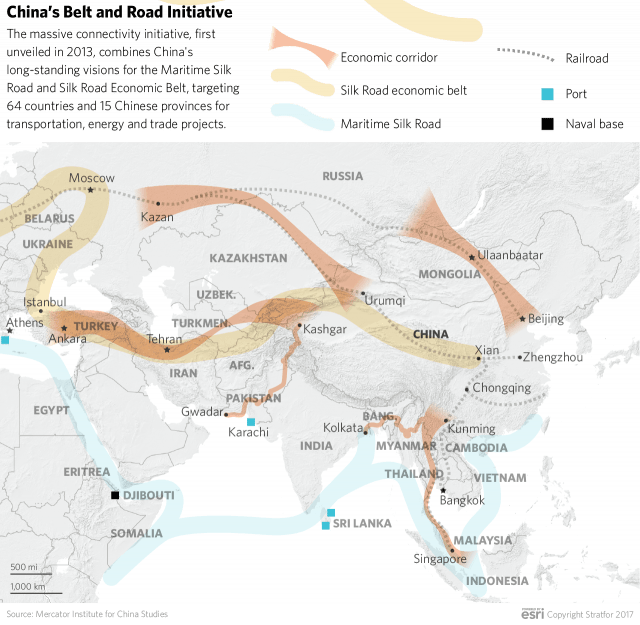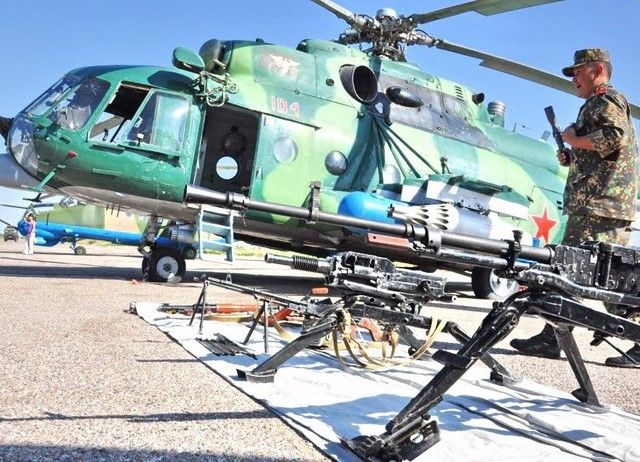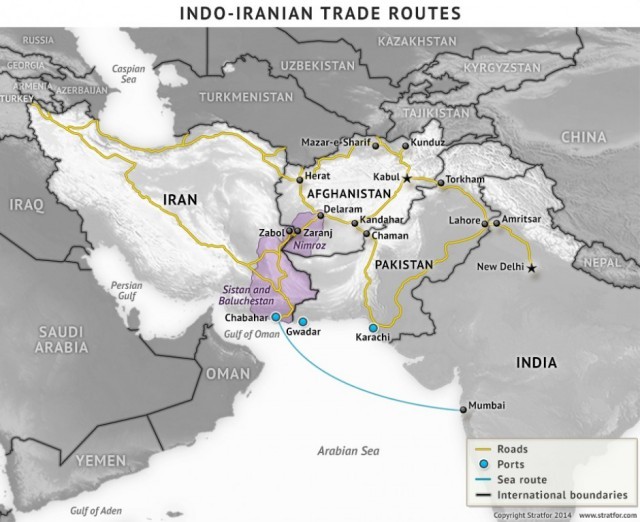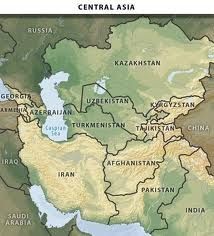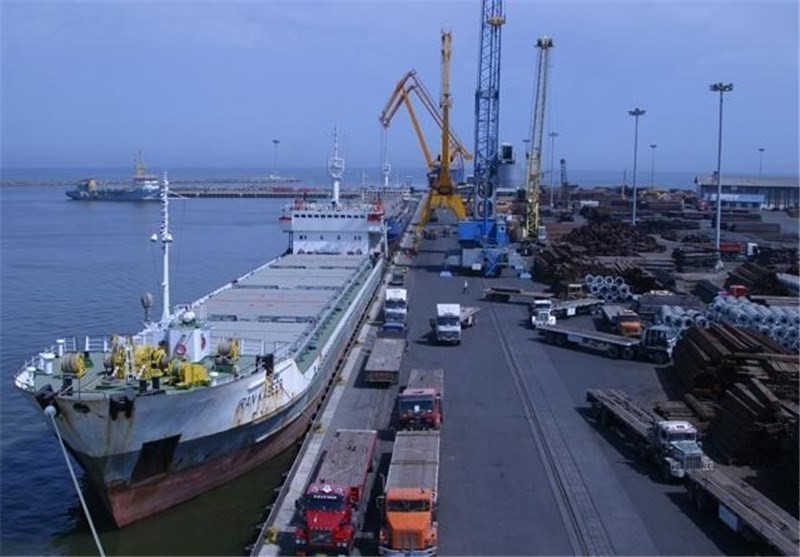BISHKEK (TCA) — India is making inroads to Central Asia to counterbalance the growing influence of China in the region. India’s military cooperation with Kyrgyzstan can therefore be considered as part of such efforts. We are republishing this article on the issue, written by John C. K. Daly, originally published by The Jamestown Foundation’s Eurasia Daily Monitor: On May 14, Indian and Kyrgyzstani alpine special forces troops began a two-week joint training exercise at Kyrgyzstan’s Military Base 20636. The exercise included both lectures and practical classes on tactical, mountain and fire training, as well as survival techniques in mountainous conditions (AKIPress, May 21). The exercise is the second joint Indian-Kyrgyzstani military drill of 2018 and the latest in a series of discrete increasing bilateral military contacts over the past seven years. A core concern of both militaries is the development of military capabilities to battle terrorist groups in mountainous regions. The recent joint training followed in the wake of the bilateral Khanjar-V (“Blade”) exercise, the fifth iteration of joint training between the two countries’ militaries. The two-week long Khanjar-V drill began on March 16, at the Indian Army’s Counter Insurgency Jungle Warfare School, in Vairengte, Mizoram (India Blooms News Service, March 29). The scenarios included inserting airborne troops from helicopters to destroy a terrorist encampment. The first Khanjar exercise was conducted in December 2011, in Nahan, India. The scope of the operation was extremely modest, with only 20 Kyrgyzstani service members participating (Kant.kg, March 18, 2015). Three years later, the two-week long Khanjar-II joint operation was held at Tokmok, in Kyrgyzstan, on March 10–25, 2015 (Embassyofindia.kg, accessed May 31, 2018). The exercise took place in the Shamsi Gorge region, just outside the Kyrgyz Republic’s capital city of Bishkek. The participants included members of the Kyrgyzstani “Scorpion” special forces alongside servicemen of military unit number 01525 and 50 Indian special-purpose fighters, for a total of roughly 100 service members (K-News, March 11, 2015). Three months after the bilateral exercise in Shamsi Gorge, Indian Prime Minister Narendra Modi visited Kyrgyzstan, on July 11–12, 2015, at the end of an eight-day six-country tour of Central Asia, on his way back from Russia after the BRICS/Shanghai Cooperation Organization (SCO) summits. Speaking to journalists following his talks with then-president of Kyrgyzstan Almazbek Atambayev, Modi emphasized the two countries’ shared concerns about terrorism and extremism, remarking, “We both seek a peaceful and secure neighborhood at a time of challenges in our region. And, we have [a] shared interest in combating extremism and terrorism that has become a threat without borders.” Noting that bilateral defense ties were strong, he continued, “The special forces of the armed forces of the two countries held the ‘Khanjar 2015’ joint exercise in Kyrgyzstan in March, which reflected continuity in exercises held in India in 2011” (Press Trust of India, July 12, 2015). During Modi’s 2015 visit, New Delhi and Bishkek signed four key agreements on cooperation in defense and cultural fields. Modi said that during his discussions with the Kyrgyzstani government,...

